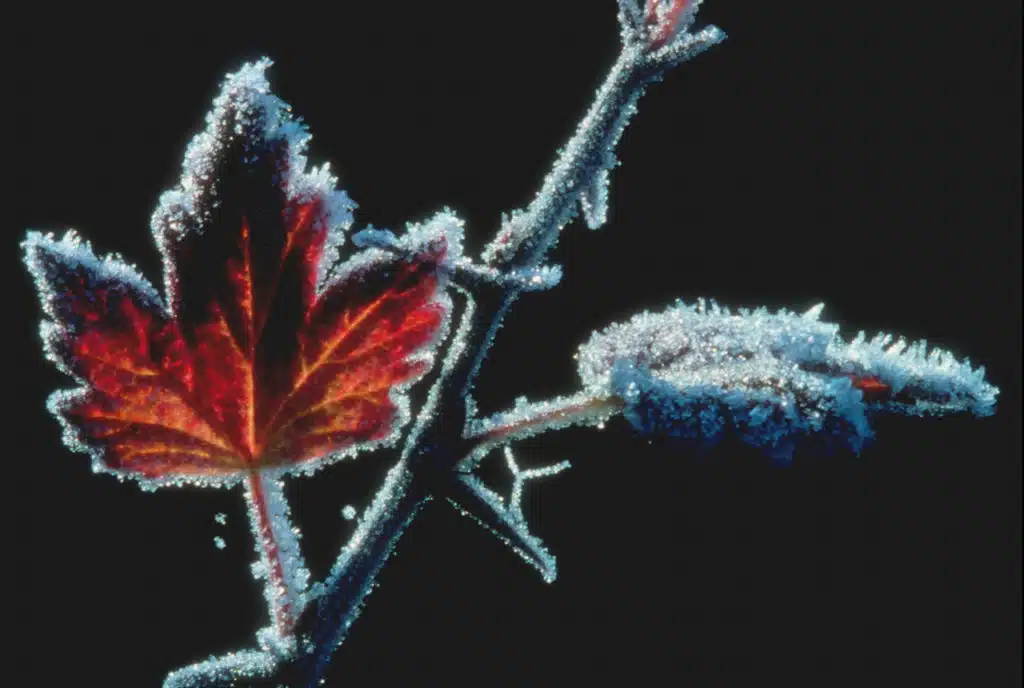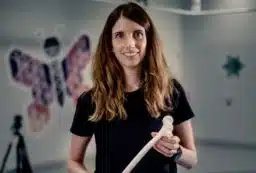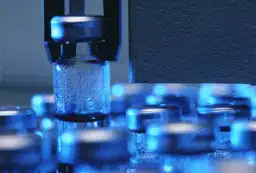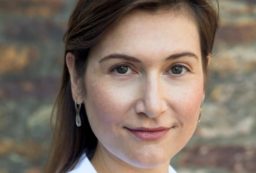Scott Cummins and his colleagues at The University of Queensland have uncovered a potent mix of chemicals which acts like a cross between Chanel No 5 and Viagra-but only if you are a sea slug.
The powerful sex attractant or pheromone helps the near blind sea creatures find each other and stimulates them to mate.
“If we can understand how pheromones work in sea slugs-how the slugs detect them and how they influence slug behaviour-we may be able to enhance the management of similar marine animals in aquaculture. We may also be able to develop powerful new tools to eliminate pest species by disrupting this form of communication,” says Cummins, a post-doctoral fellow.
Sea slugs spend most of their days cruising the ocean floor alone. But during summer something triggers hundreds of them to gather together to breed, Cummins says. And the “party” can last for days.
“Exactly how sea slugs signalled each other that it’s time to gather had long been a mystery. We found that sea slugs developed an ingenious and potent solution to finding a mate-they released a cocktail of small proteins as a pheromone message,” Cummins says.
The protein pheromones-subsequently named attractin, enticin, temptin and seductin-are secreted by the animals to attract a mate. This discovery is the first example of a multi-component attraction pheromone used by a marine animal. It is generated using genes unique to each species.
“To sea slugs these pheromones are powerful……just a teaspoonful in a swimming-pool-sized tank can make all the sea slugs love struck and send them into a mating frenzy. And we can now synthesize these pheromones in the laboratory,” says Scott.
Now that they’ve decoded this pheromone message, the team along with their American collaborators at the University of Texas Medical Branch are working to find similar pheromone messages in other marine animals. The results of their work have been published in the prestigious Proceedings of the National Academy of Sciences USA and The Journal of Biological Chemistry.
Scott Cummins is a postdoctoral fellow with the School of Integrative Biology and one of 16 early-career scientists presenting their research to the public for the first time thanks to Fresh Science, a national program sponsored by the Federal and Victorian Governments.





 Fresh Science is on hold for 2022. We will be back in 2023.
Fresh Science is on hold for 2022. We will be back in 2023.